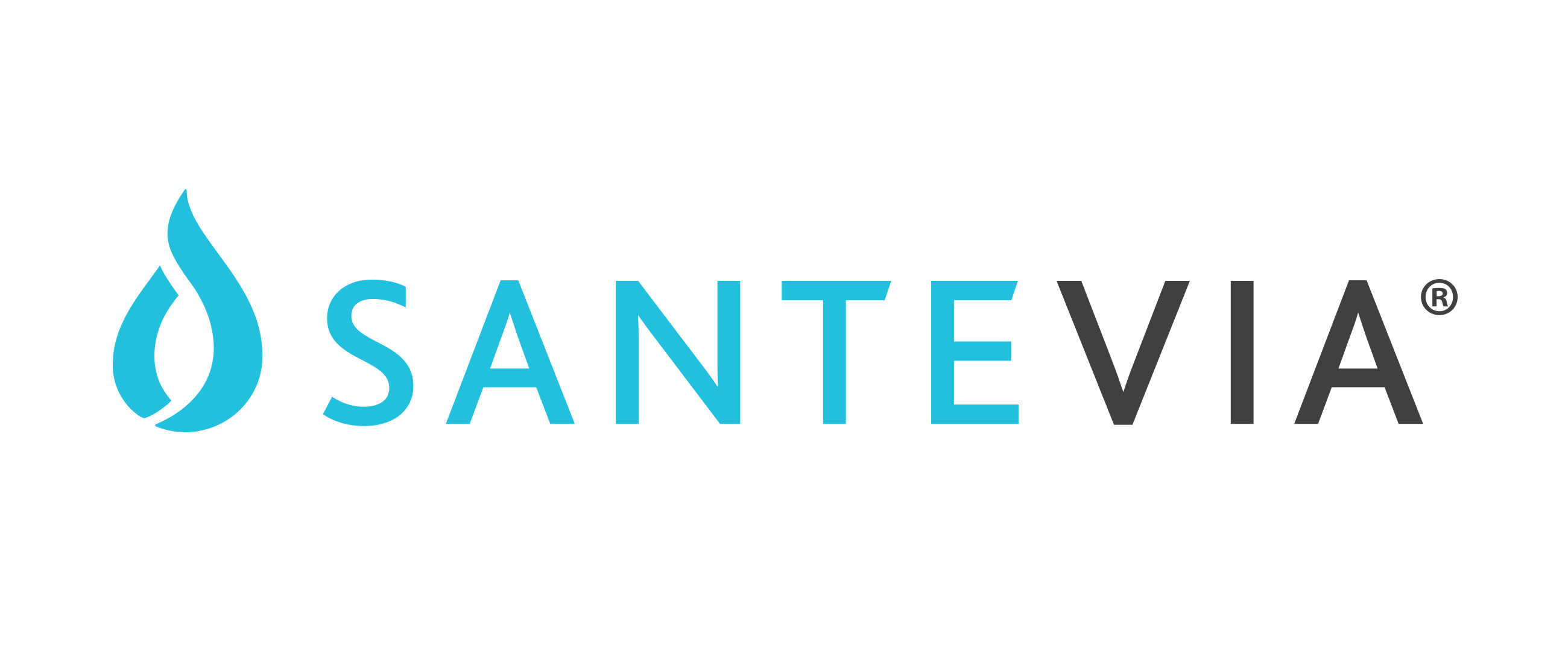The Harms of Single-Use Plastic Bottles

Single-use plastic water bottles can be a quick and easy solution to on-the-go thirst. Some of us buy them in bulk regularly, and others purchase them while they are out and about and need a convenient hydration option.
However, no matter how often you purchase them, consuming single-use water bottles can have harmful environmental and health consequences. This blog will explore the harmful impact of the consumption of single-use water bottles, specifically how it contributes to:
- Microplastic Pollution
- Greenhouse Gas Emissions
Regardless of your age, gender, location, or occupation, we all have one thing in common: we need water to survive.
For many, drinking enough water is difficult, and many of us do not meet the daily recommended water intake. The Mayo Clinic recommends that healthy adult women should drink 92 ounces (2.7 litres) and healthy adult men drink 124 ounces (3.7 litres) daily.
If this seems like an unattainable goal, then you’re in the right place.
Santevia has outlined five hacks to drink more water daily:
- Keep Your Water Bottle Around
- Flavor It
- Mix up the Temperature
- Set Reminders
- Invest in a Filter
Microplastic Pollution
Single-use plastic water bottles, once consumed, usually end up in landfills. Unfortunately, the plastic packaging that winds up in landfills can lead to the creation of microplastics, which are small plastic pieces less than 5 millimetres in diameter.
These small microplastic pieces threaten the health of oceans and aquatic ecosystems. Marine plants like zooplankton and coral readily ingest microplastics. These plants are food sources for many marine organisms, ultimately leading to widespread consumption of microplastics by many marine species. Microplastic consumption can block the digestive tracts of fish and leach toxic chemicals into the tissues of marine species.
Additionally, microplastics may pose significant risks to human health. Given that they are present in some water and food supplies, these plastics have actually been shown to pose potential metabolic disturbances, neurotoxicity, and increase cancer risk in humans.
Greenhouse Gas Emissions
Further, the creation of plastics for water bottles is actually a significant contributor to global greenhouse gas emissions. In fact, a 2021 study asserts that plastic is responsible for 4.5% of global greenhouse gas emissions, meaning that your drinking water could actually lead to air pollution and global climate change.
Rather than choosing a quick and easy fix, consider opting for a more sustainable and long-term hydration solution that will lessen your environmental impact.
Sustainable Alternative to Single-Use Water Bottles
Instead of using single-use water bottles, we recommend using a more environmentally-friendly alternative. Santevia offers a wide variety of products that can help you reduce your environmental footprint, including the Glass Water Bottle, which is durable and ideal for on-the go-lifestyles. They’re perfect for busy professionals, on-the-go parents, and energetic kids.
It can be difficult to remember to bring a reusable water bottle with you throughout the day. Santevia recommends keeping reusable bottles in your car, and even office, so that you can reduce the possibility that you might need to buy a single-use alternative.
Another helpful addition for on-the-go hydration is Santevia’s Power Stick Water Bottle Filter. The Power Stick will ensure that, not only do you have water with you throughout the day, but that it is clean, mineralized, and alkaline. The Power Stick can easily be used with the Glass Bottle to help ensure that you stay hydrated with the best tasting water all day long.
If the taste of your water is what is preventing you from drinking the recommended daily amount, then improve the flavor! This can be done in a few different ways, including filtration, natural flavours, and sweeteners (although we don’t necessarily recommend the last one).
Filtering your water is an easy way to improve its taste and reduce harmful contaminants like chlorine. Chlorine is used to treat many municipal water source, but some studies show that it is linked to various types of cancer.
If you live alone or in a smaller space, the MINA Alkaline Pitcher is a great option. It can easily fit in your fridge door and filters water at a rapid pace, meaning that you can refill it throughout the day and have clean water in minutes.
If you live in a larger space and are looking for a filter for the whole family - or even the whole office - then the
Visit the Santevia catalog to browse the full line of at-home and on-the-go products that are perfect for reducing your consumption of single-use plastic bottles. Invest in sustainable solutions that will reduce your environmental footprint and maintain your health.

